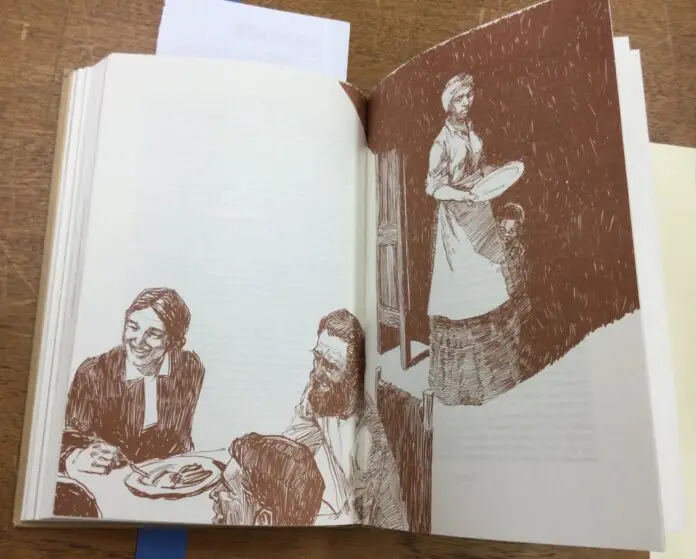In South Texas, along the Rio Grande, lies a lesser-known part of history: Mexico as a freedom destination via the Underground Railroad for enslaved people.
O.J. Trevino, whose property overlooks the river, discovered his ancestor’s role in aiding escapees to freedom. His fifth-great-grandmother, Silvia Hector Webber, known as the “Harriet Tubman of Texas,” played a crucial part in this southern route to liberty.
María Esther Hammack’s research at Ohio State University highlights Webber’s journey to freedom and her significant role in the Underground Railroad. As Juneteenth is commemorated, Webber’s story is featured in the “Freedom Papers: Evidence of Emancipation” exhibit at the University of Texas at Austin’s Briscoe Center for American History.
Webber’s descendant, Sofia Bravo, reveals that their family’s history was kept secret due to discrimination against Latinos and Black people. The discovery of Webber’s “freedom papers” from the 1830s has transformed that secrecy into pride. These documents shed light on Webber’s life with her white husband, John, and their refusal to perpetuate slavery by not paying a bond that demanded two children in exchange for Webber’s freedom.
Instead, they forfeited over 800 acres of land near Austin, which they had offered as collateral. The Webbers later established ranches along the Colorado River and Rio Grande, providing safe passage for those seeking freedom in Mexico.
Their legacy continues through the Webber Family Preservation Project, which aims to protect their heritage and assist others in discovering their ancestry. This family history has also deepened their appreciation for Juneteenth and its significance.
Source: NBC News







